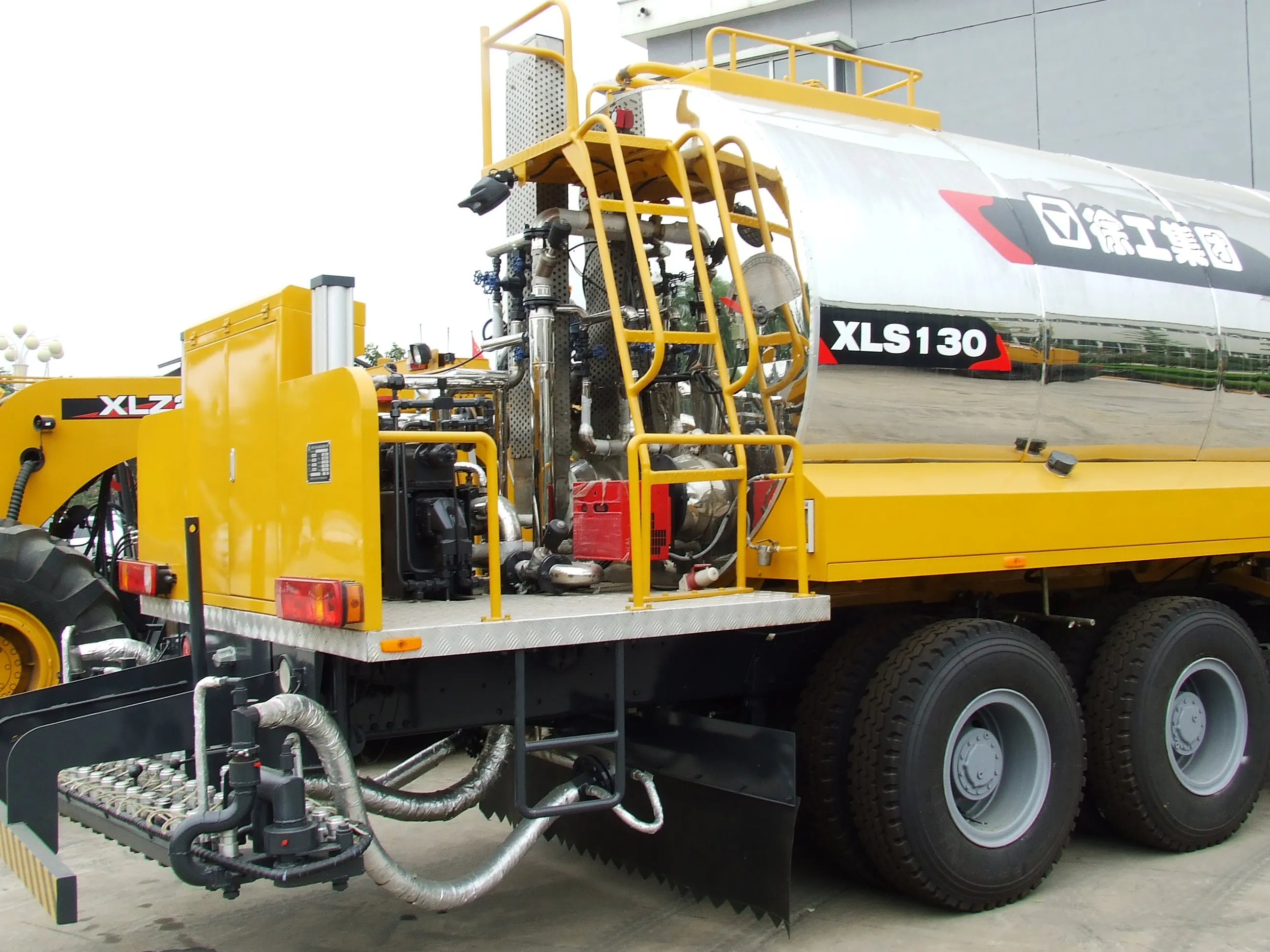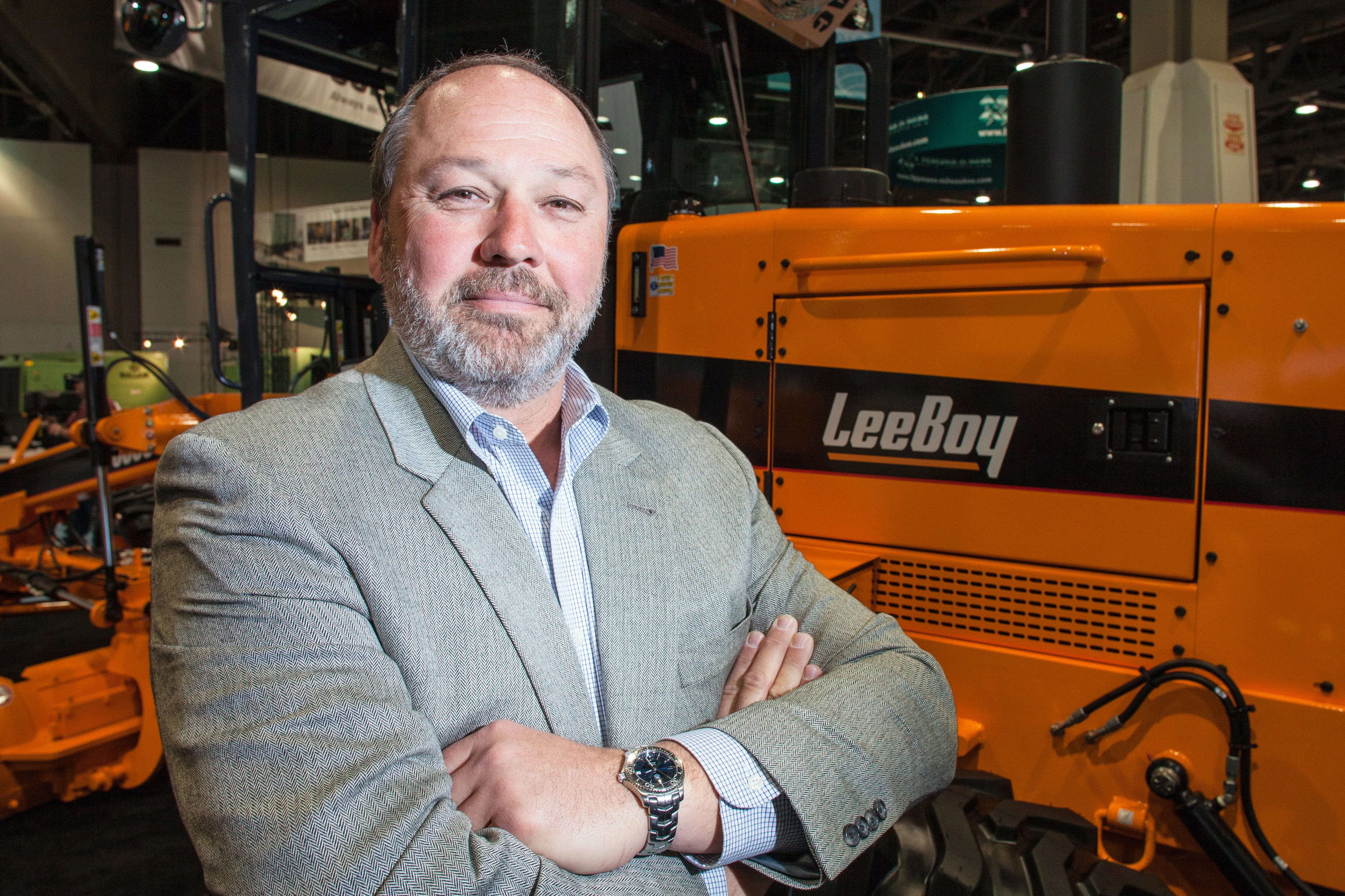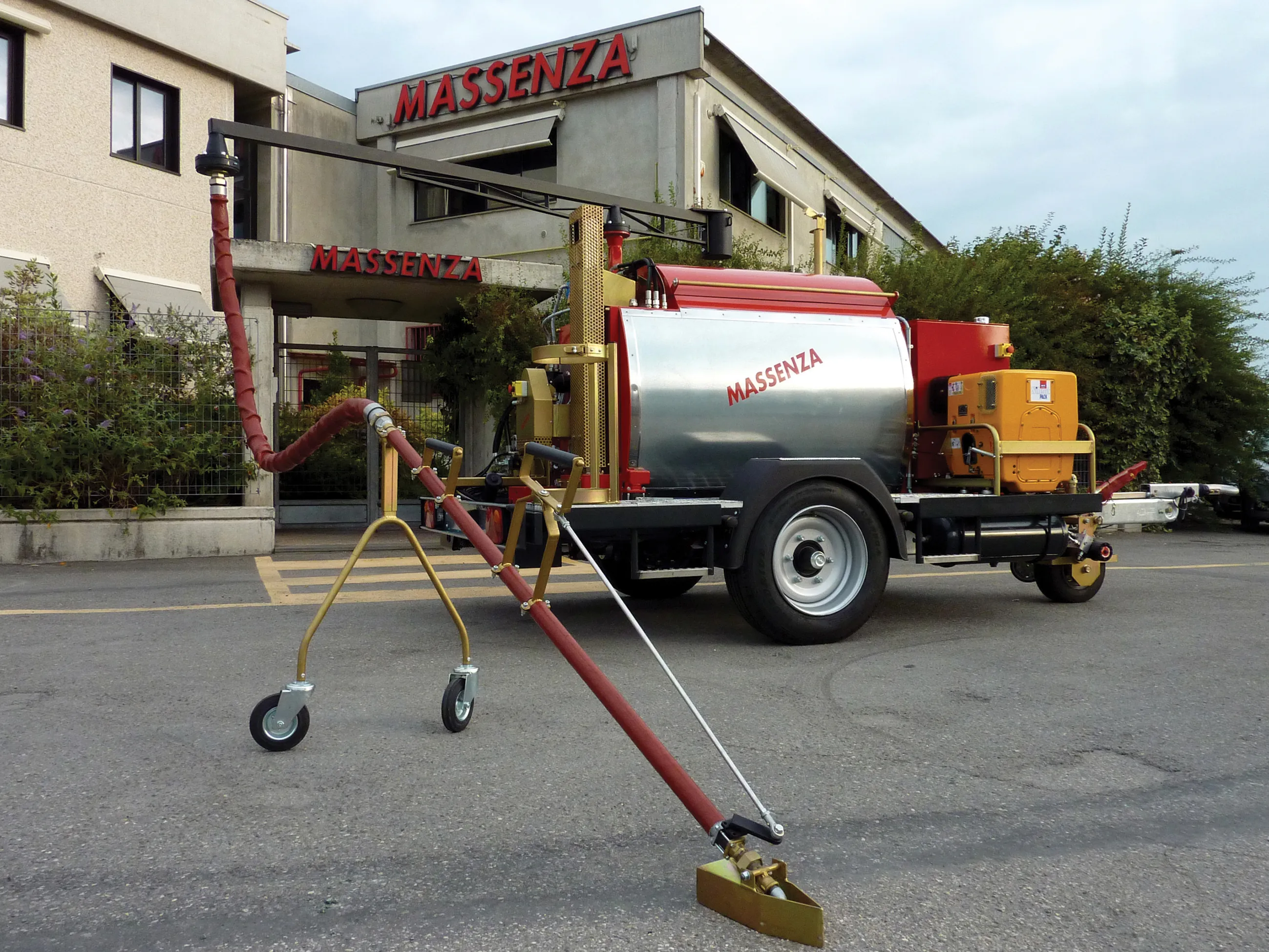XCMG has seen strong exports, with one deal in particular providing a major boost to turnover - Mike Woof writes
It is rare that a single machine order can provide a substantial portion of a large manufacturer’s annual results. However the firm’s massive contract signed with the Venezuelan Government was a major boost to XCMG; the supply of no less than 6025 machines in a deal worth some US$750 million. This order came at an important time for the company when the world demand for construction equipment sl
October 14, 2013
Read time: 5 mins

XCMG has seen strong exports, with one deal in particular providing a major boost to turnover - Mike Woof writes
It is rare that a single machine order can provide a substantial portion of a large manufacturer’s annual results. However the firm’s massive contract signed with the Venezuelan Government was a major boost toBut this deal aside, the firm’s management saw the need to change direction due to the poor state of the world economy and has now taken a series of steps to improve financial performance. Hu Xiang Yang, vice president for XCMG explained that at the beginning of 2013, the firm decided to focus on crane sales as this is a segment where the company has a strong product line and this has proven particularly successful in market such as Brazil. Another move was to focus on improving the supply of parts and spares to customers for all types of machines in the product range. The company also opted to increase the focus on exports and overseas sales, with the top management going to Brazil, Chile and Russia and an additional step was to attend a series of local exhibitions so as to raise the profile of the firm. Meanwhile XCMG decided the product range itself could be broadened with the addition of models developed for specific markets, a direction based on close attention to customer feedback. This included equipment with extra cooling and filtration to cope with the heat and dust of the Middle East and machines configured for operation in cold weather conditions at altitude, such as in Bolivia. In addition XCMG also took steps to selling some of its machines directly without dealers, and particularly units such as cranes.
The six step process from the group has benefited the company. Hu Xiang Yang said, “The results prove the strategy. We will be keeping this six step process in 2014, with a few adjustments though they’ll be minimal.”
XCMG’s target is for the firm to become the world’s third largest manufacturer of construction machines, although the company hold the fifth place in the global market at present and exports are crucial. XCMG’s main export market is Latin America at present, where the firm says its products have a good reputation, with Brazil, Chile Bolivia and Peru all being important sales areas. Road machines do figure in the company’s export business and XCMG has had particular success with its 12tonne single drum compactor in Brazil and Venezuela.
The deal to Venezuela is one that XCMG is particularly pleased with. The firm heard from the trade department of the Chinese Embassy in Venezuela and the Chinese equipment manufacturing association, the CCMA, that there was a potential order for an unprecedented number of machines. This came as part of an election promise to invest in construction in Venezuela and the company was told the machine order could be worth as much as $2 billion in total. Hu Xiang Yang said, “We thought it was a rumour but it was such a big number of machines we thought we’d check it out, so we put together a delegation to go to Venezuela. By the time the other companies found out that the order wasn’t a rumour, the deal had already been signed with XCMG.”
The order included equipment from other smaller manufacturers but while up to 30% of the equipment came from other firms. The order was for well over 60 different types of machines including mobile truck cranes, tower cranes, pavers, compaction rollers, wheeled loaders, bulldozers, graders, concrete mixers, concrete pumps, piling rigs, dump trucks and both mobile and static crushers. The bulldozers and crushers were amongst the units supplied by other manufacturers although all the units were branded as XCMG machines for the purposes of the deal.
Latin America is not the only export area for the company though and it also has a strong presence in Russia while other key markets include the Middle East as well as Asia (including India, Indonesia and Thailand), and parts of Africa.Hu Xiang Yang said, “We will see the Asian market increasing, despite an overall drop in the world market for machines. XCMG has had a huge increase in sales in Africa where infrastructure still needs to develop.”
Finding new customers included selling two of its largest excavator models, a 70tonner and a 90tonner, to a gold mine in Australia. These were not sold through a dealer though with the units being supplied and supported directly from the factory in China so as to ensure maximum uptime and minimum downtime. XCMG is planning to develop a presence in the North American and Australian markets with the supply of the 70tonne and 90tonne excavators to Australia representing one of the first stages. Since last year XCMG has also been developing a team to target US sales, with around 100 units having already been supplied into the US rental segment. Hu Xiang Yang said, “It’s been very hard work. It took four months to develop the sale to the US market.”
However the home market remains important to XCMG and the company strongly believes market confidence will return in China. Hu Xiang Yang added, “In 2015 we will see an improvement in the Chinese economy.”







